Orient/Occident: Baroque Excursions in the Qing Dynasty
Written by Krista Low, HIP Company cellist and co-director.
12th May 2022.
Music has always had the power to transport the listener to faraway lands. In 18th century Europe, 300 years after the closure of the Silk Routes and at the peak of Western colonial ambition, the tantalising ‘Orient’ was a source of fascination for artists, musicians, and their audiences. ‘Chinoiserie’ with its elaborate pagodas and fantastic beasts drawn mostly from the artisan’s imagination in an approximation of East Asian culture, had reached its zenith.
Exoticized representations of non-European cultures and people in Baroque music was therefore common, and rarely were such cultures authentically referenced. The final act of Purcell’s The Fairy Queen, based on Shakespeare’s A Midsummer Night’s Dream, introduces a ‘Chinese Man and Woman’ with a distinctly French chaconne as ornaments to a wedding celebration, and Francois Couperin’s fashionably titled keyboard miniature Les Chinois contains no discernible references to Chinese music whatsoever. Italian opera of the period also commonly appropriated ‘exotic’ locations; in the case of Metastasio’s two libretti, L'Eroe Cinese (The Chinese Hero) and Le Cinesi (The Chinese Ladies), the Chinese setting facilitates commentary on European society itself, rather than any meaningful attempt to engage with a foreign culture. Similarly, Handel’s Orlando sees the titular hero pursue Angelica, the Queen of Cathay (northern China), whose foreignness is made implicit by her magical powers.
However, for numerous European missionaries during the Baroque period, China was not a mythical place, but a living centre of fascinating cultural exchange that was arguably mutually beneficial. Political, and philosophical attitudes of the late Ming and early Qing dynasties were receptive to incorporating foreign influences, including art, music, and religion, according to the needs of the country. The giving of gifts, including musical instruments, was one way to gain favour with the emperor. In fact, it was partly the presentation of clavichord by Matteo Ricci in 1601 that cemented the Jesuit’s ability to establish their outpost in the imperial court.
Western keyboard instruments became part of musical life in Beijing thereafter, and over a century after Ricci’s gift, Teodorico Pedrini, an Italian priest and musician, was appointed to the imperial court in 1711, specifically for his ability to tune and play the emperors many harpsichords. It was during this time that he wrote a set of twelve violin sonatas in the Italian style, the only Western Baroque music to be composed in China during that time, which were likely intended as pedagogical works for Emperor Kangxi's own sons. His output also crucially included completing the work of his predecessor, Tomas Pereira, on the first treatise of Western music theory written entirely in Chinese.
Interest in Western music had waned in China by the time Joseph-Marie Amiot was invited to court in 1750. However, like Pedrini, he leaves a legacy of important literature that contributes to an understanding of Chinese and European musical interactions, including his Mémoires sur la musique des Chinois tant anciens que modernes (‘Memoirs of Chinese music, both ancient and modern’, 1776) which was widely read in France. He was also one of several French missionaries to transcribe Chinese traditional melodies for a Western audience from the Chinese gongche notation, compiled into three volumes of Divertissements chinois. The dissemination of such literature even had lasting effects on the Western canon – the Chinese melody Liuye jin in Amiot’s third book was first transcribed by another missionary, Jean-Baptiste Du Halde in his 1735 account of his experience of Chinese culture. It was used subsequently in works by Carl Maria von Weber and Paul Hindemith, and Eugene Goosens.
Our upcoming concert ‘Chinoiserie’ sheds light on the work of Pedrini and Amiot, the traditional Chinese music in which they were immersed, as well as representations of Chinese culture by their Europe-based contemporaries. We are also thrilled to welcome Teresa Tan (guzheng) and Stella Huang (yangqin), two of Perth’s leading exponents of traditional Chinese music, to share with us their cultural knowledge and expertise. We can, and should, appreciate works like Orlando and The Fairy Queen with the awareness of an audience privileged to live amongst a myriad of cultures that make up the fabric of our society. It is often too easy to fall into the patterns of our forebears and imagine a convenient dichotomy of the East and West, Orient and Occident; and that across that divide are traditions and people vastly different to our own. However, the impulse to connect and learn from each other despite distance, geographical and otherwise, is ancient and exceptionally human, and never has it been easier to answer than in this present age of information and globalisation.
Click the button below for information about HIP Company’s concert, ‘Chinoiserie’, on 28th May.
Bibliography:
Lindorff, Joyce. “Missionaries, keyboards and musical exchange in the Ming and Qing courts” Early Music 32, no. 3 (2004): 403-414, http://muse.jhu.edu
Locke, Ralph P. “Alien Adventures: Exoticism in Italian-Language Baroque Opera” The Musical Times 150, no. 1909 (2009): 53-69, http://jstor.org
Yang, Hon-Lun. “Music, China and the West: A Musical Theoretical Introduction” in China and the West: Music, Representation and Reception, edited by Hon-Lun Yang & Michael Suffle, 1-17, Michigan: University of Michigan Press, 2017
Picard, François. “Amiot, Les divertissements chinois” Dissertation: Sorbonne Université, 2012, 1-35. http://researchgate.net
Chen, Jen- Yen. “Maria-Therese and the ‘Chinese’ Voicing of Imperial Self: The Austrian Contexts of Metastasio’s China Opera’s” Eighteenth-Century Music 13, no. 1 (2016): 11-34, http://cambridge.org

